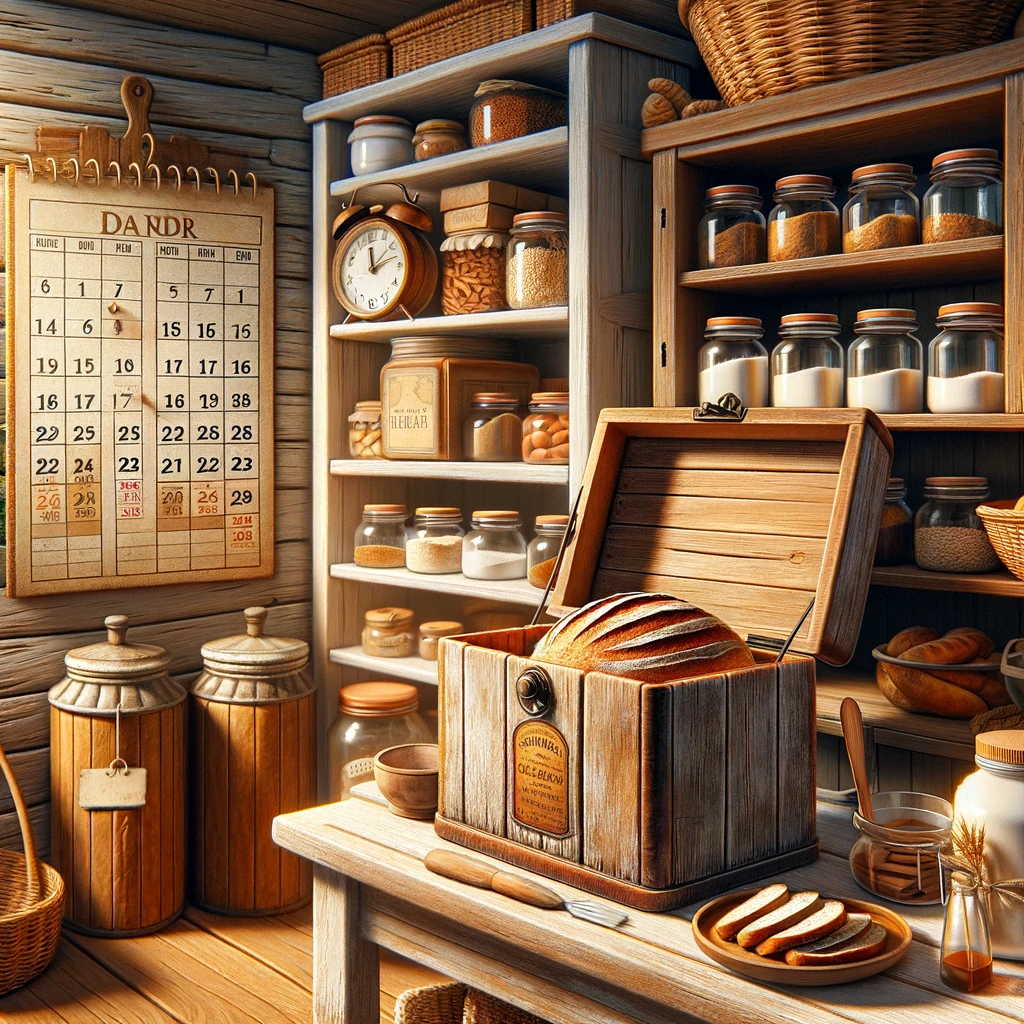
Frequently Asked Questions (FAQ)
|
|
Time to read 2 min
|
|
Time to read 2 min
Welcome to Home Bakers' FAQ page! Here, we address common questions to assist you on your bread-baking journey.
Can I bake artisan-style bread in a loaf pan?
Absolutely! While traditional artisan breads are often free-form, you can bake them in a loaf pan to achieve a sandwich-friendly shape. Ensure proper proofing to prevent overflows.
How do I prevent dough from sticking to my proofing basket?
Generously flour your proofing basket with rice flour or a blend of all-purpose and rice flour. This creates a non-stick surface, allowing the dough to release easily.
What size proofing basket should I use?
Choose a basket that matches your dough quantity. For a 500g flour recipe, a 9-inch round or oval basket works well.
Why is my bread dense?
Dense bread can result from under-proofing, insufficient kneading, or using too much flour. Ensure your dough rises adequately and handle it gently during shaping.
How can I add ingredients like nuts or cheese to my dough?
Incorporate add-ins during the final stages of kneading or after the first rise. This ensures even distribution without compromising gluten development.
Can I feed my sourdough starter different flours?
Yes, you can feed your starter with various flours like whole wheat, rye, or all-purpose. Note that the starter's activity and flavor may change with different flours.
How do I store my sourdough starter?
For daily use, keep your starter at room temperature and feed it daily. If baking less frequently, store it in the refrigerator and feed it weekly.
What should I do if my starter is sluggish or inactive?
Refresh it with regular feedings using equal parts flour and water by weight. Keeping it in a warm environment can also boost activity.
How can I make a rye starter?
Begin with equal parts rye flour and water. Feed it daily, maintaining a 1:1 ratio, until it becomes active and bubbly.
How do I dry my sourdough starter for long-term storage?
Spread a thin layer of active starter on parchment paper and let it air dry completely. Once dried, break it into pieces and store in an airtight container.
What is autolyse, and should I use it?
Autolyse is a resting period after mixing flour and water, allowing enzymes to break down starches and proteins. This enhances dough extensibility and gluten development.
How do I prevent a burnt bread bottom?
Place your baking vessel on a preheated baking stone or an inverted baking sheet to buffer direct heat. Alternatively, bake on a higher oven rack.
What is the Maillard reaction?
It's a chemical reaction between amino acids and reducing sugars that gives browned foods their distinctive flavor. In bread, it contributes to crust color and taste.
How do I convert recipes between sourdough and commercial yeast?
To convert a sourdough recipe to yeast, use about 1/4 teaspoon of instant yeast per cup of flour. Adjust hydration as needed. For yeast to sourdough, incorporate a portion of active starter and reduce the flour and water accordingly.
How can I make my sourdough bread more or less sour?
For a tangier loaf, extend the fermentation time or proof in a cooler environment. For a milder flavor, shorten fermentation or proof in a warmer setting.